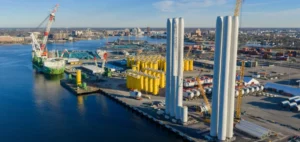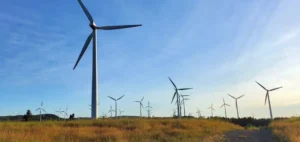Energiekontor AG, one of Germany’s leading developers of wind and solar power projects, has announced the award of three building permits for wind farms in Lower Saxony, with a total capacity of 116 megawatts.
These permits represent a strategic step forward for the company, as demand for renewable energy infrastructure continues to grow.
Participation in the next Bundesnetzagentur auction in November 2024 is planned for these projects.
Energiekontor is thus favorably positioned to maximize the profitability of its investments, by ensuring that these new facilities meet the criteria needed to integrate the country’s future energy infrastructure.
Strong growth in installed capacity
With these new approvals, Energiekontor’s portfolio of projects under development now exceeds 1.2 gigawatts of nameplate capacity, spread across Germany, Scotland and France.
The company, which has built more than 160 wind and solar farms since its foundation, continues to expand its installed capacity, reflecting its commitment to strengthening its position in the renewable energies market.
At the same time, Energiekontor continues to make progress on its solar and wind projects already underway, notably the Seukendorf and Letschin sites for solar power, and the Oederquart and Würselen sites for wind power.
These projects, which add over 120 megawatts to the existing portfolio, are a testament to the company’s ability to manage large-scale projects, while anticipating future trends in the energy market.
Development Strategy and Outlook
Energiekontor’s objective is clear: to build projects that are no longer dependent on public subsidies, a model that is gaining in relevance in a market where competitiveness is increasingly based on the ability to offer economically viable solutions.
The company currently operates 38 wind and solar farms, totalling over 380 megawatts, with work underway to add a further 100 megawatts.
The geographic and technological diversification of Energiekontor’s portfolio, combined with a rigorous approach to project management, puts the company in a favorable position to capture opportunities in the renewable energy sector.
The development pipeline, which currently stands at 11.0 gigawatts, demonstrates the company’s ability to maintain a steady stream of new projects, while adapting its strategies to market developments.
This dynamism, underpinned by solid expertise and a pragmatic approach, continues to reinforce Energiekontor’s position as a market leader, while guaranteeing the profitability and sustainability of its projects.






















